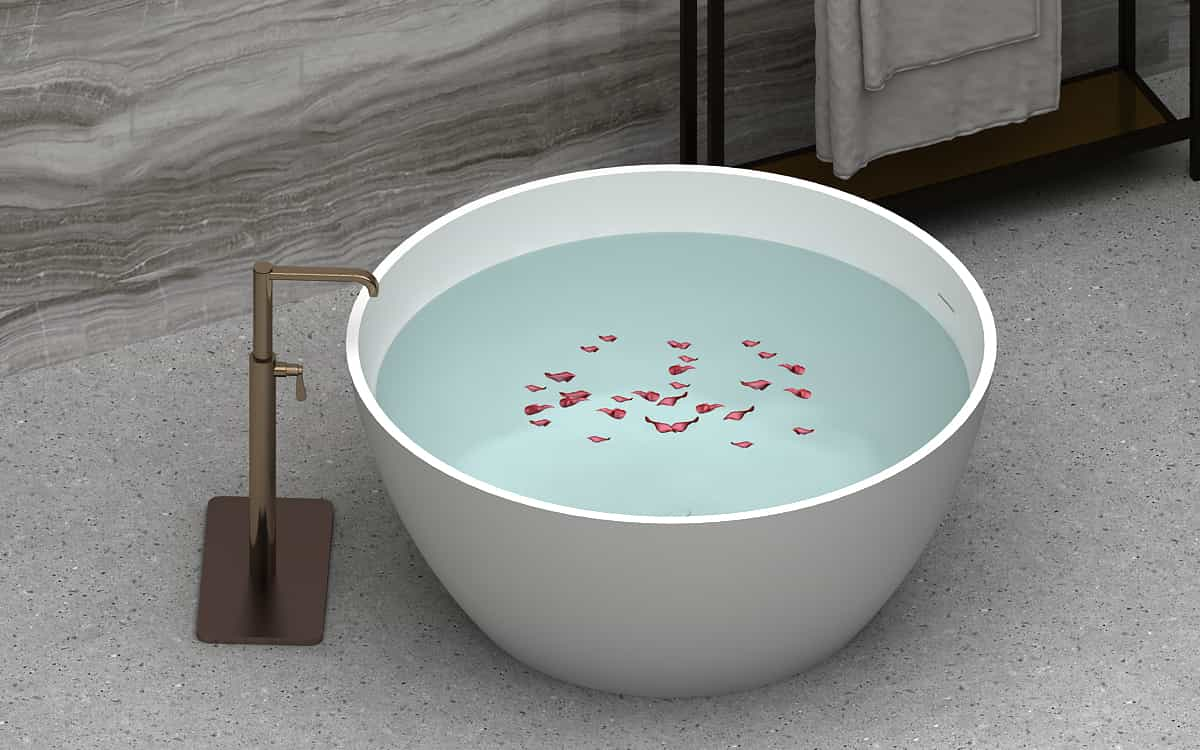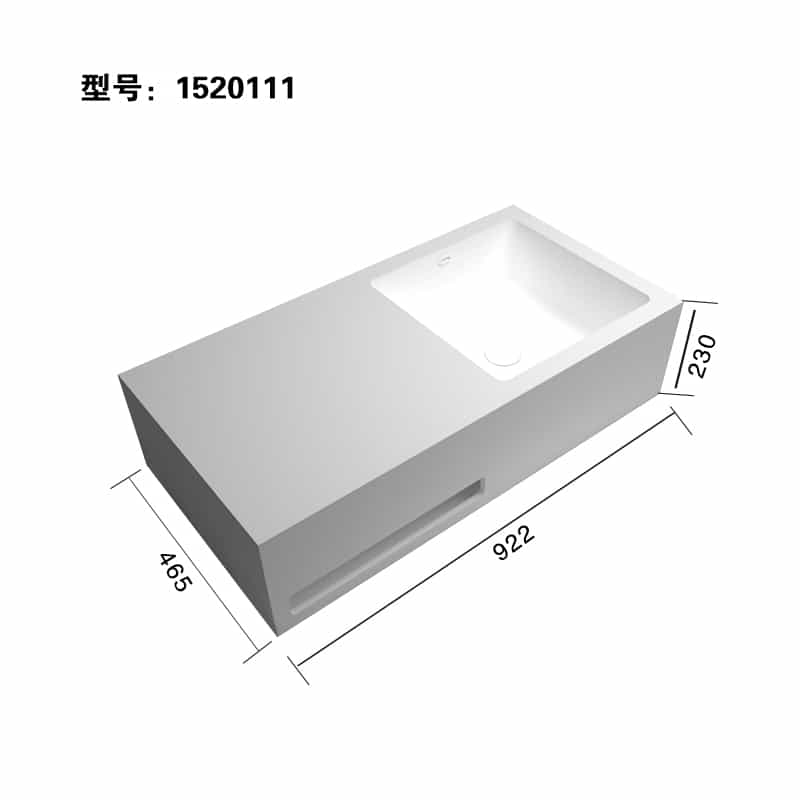
Polypropylene clothing (including rainproof silk, etc.), rubber products (including elastic bands), artificial leather, paint accessories (such as lacquer flowers), metal accessories, velvet products bonded with glue.
Dry – cleaning clothes are dried by drying
Many people dry clean their clothes from the laundry and put them straight into their closets, pressed and neatly stored in bags. But the clothes are likely to contain excessive levels of tetrachloroethylene. In this case, it is recommended to take home the clothes on the balcony with superior ventilation, do not put them indoors, air 12-24 hours later put away. Tetrachloroethylene is volatile and can be volatilized in a short time under favorable ventilation conditions. The residual tetrachloroethylene on clothing can be reduced to the minimum amount.
Smell can also determine the amount of tetrachloroethylene residues
Tetrachloroethylene is volatile and has a special smell, so it can be judged by the smell of clothes on the residual amount of tetrachloroethylene. Clothes that have just been retrieved from the dry cleaner often have a pungent smell. After airing for a period of time, the smell can gradually disappear with the decrease of concentration. Therefore, smell can also be used as a yardstick to determine the amount of tetrachloroethylene residues.
Experts warn: washing is more likely to breed bacteria
According to the Beijing Washing and Dyeing Industry Association, it is not only the dry cleaning agent that is related to human health, but also the bacteria in clothes. Modern people wear more and more casual clothes, laundry washing share is gradually rising, and dry cleaning equal. And washing is more likely to breed bacteria, due to the use of popular laundry detergent and strong laundry detergent decontamination, the lack of dry cleaning with tetrachloroethylene sterilization process, only in drying and 120℃-140℃ high temperature ironing, play a certain role in sterilization.


















